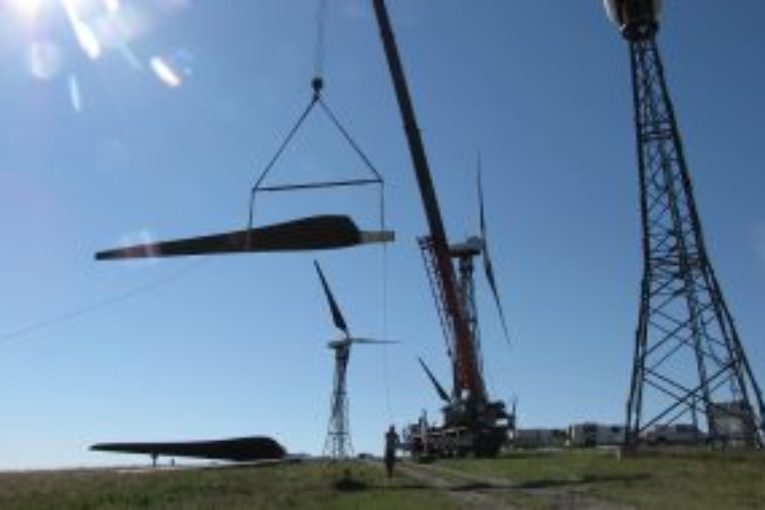
Revenue certainty, life-cycle development plans and legally-binding lease agreements reduce risks for wind energy landowners
Many Albertans have heard about orphan oil and natural gas wells on private property. It is not surprising that landowners want to know what happens to a wind energy facility at the end of its planned life-cycle, or if a company becomes insolvent. This blog is intended to share insights about how all phases of a project life-cycle, including end-of-useful-life, are accounted for in wind energy development plans and lease agreements, and how built-in revenue certainty reduces risks associated with insolvency.
While wind energy is now a mainstream source of electricity generation, the industry’s history is relatively short in Canada – Alberta’s Cowley Ridge was a pioneering commercial wind farm in 1993. This means that some of Canada’s early wind farms are only now reaching the end of their lifecycle. In 2016, Cowley Ridge became the first Alberta wind facility to be decommissioned, meaning that the owner, TransAlta, removed the old technology from the site, recovering and recycling an estimated 1,252,000 kilograms of metal, including 17,100 kilograms of copper wiring. Salvaging materials can significantly offset the decommissioning costs. And, because the wind resource in Cowley is as strong as ever, TransAlta is currently exploring options for repowering the facility.
The wind energy industry’s history around the world is longer than the industry’s history in Canada. From the global perspective we can see that companies tend to favour repowering a facility over decommissioning. This is often because existing projects are built on the best wind resources, and being renewable, wind resources remain viable and available to be harvested.
With repowering, the original facility is taken down and replaced with new, modern, more efficient equipment. Repowering is attractive to wind energy companies because new technologies provide better power production – capacity factors in excess of 40 per cent – which allows upgraded wind farms to produce more electricity at a lower cost. In fact, wind energy’s technological advances have been so significant that European experience has shown that repowered projects often use half the number of turbines to produce twice the power.
Repowering often also allows for the continued use of the original buildings, roads and electrical infrastructure and for the company to continue the established relationships with landowners, municipalities and local communities. “Repowering tends to become financially attractive, relative to investing in a nearby greenfield site, after approximately 20 to 25 years of service,” according to researchers from the National Renewable Energy Laboratory.
In Canada, the only way for a wind energy project to move forward is if the owners of the land on which the turbines are built sign legally-binding lease agreements. These documents define the terms for the possible options at the end of the lease, such as removal of decommissioned turbines or options for repowering.
Alberta Renewable Electricity Program’s built-in revenue certainty reduces insolvency risks
The issue of insolvency, while extremely rare, is a reasonable question from a landowner who is thinking about participating in a wind energy project. Much consideration has been given to reducing risks from failed projects by structuring future wind project planning and financing to include a guaranteed revenue stream for each project. Developers participating in the Alberta Renewable Electricity Program will have secured a power purchase agreement prior to making a final investment decision and signing leases. A power purchase agreement provides guaranteed cash flow over the life of a project. If a wind energy company is not able to meet its obligations for its project, the guaranteed revenue stream serves as collateral that can be sold to another company that can own and operate the project. This built-in revenue certainty over the life of the project – which was not built into the orphan oil and gas well projects – greatly reduces the risk of orphaned wind energy projects for landowners.
Check out our fact sheet for more on Decommissioning and Repowering a Wind Farm and also the American Wind Energy Association’s blog: What happens to a wind turbine at the end of its life?
To learn more about land lease agreements, read our blog: Incentive for wind developers to foster strong, trusted partnerships with host landowners in Alberta.
Public Affairs Advisor for the Prairie region for the Canadian Wind Energy Association (CanWEA)
You can read more of the news on source



